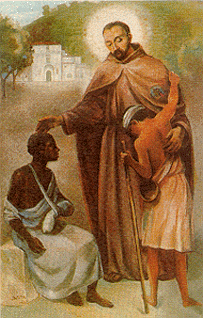Imagine a powerful river used for white water rafting, coming down the mountains with millions of gallons of water, and then entering a cave in a small canyon, forming a 30ft high waterfall under the ground, to continue for a few hundred yards under a natural rock bridge that over the years has formed beautiful ponds and small waterfalls with the water filtrated through the rock, and finally continuing its flow in the surface...
This is Semuc Champey, simply one of the most amazing places to visit in Latin America.
Despite the long drive, tourists, domestic and foreign come here to admire the ponds, swim and even hike to the top of a nearby hill to get the best view of the ponds, just admiring nature`s work.
You can camp here or even stay in a nice nearby hotel, but most visitors stay in Coban, a bit more than 2 hours away, to be able to go to Flores in the North, east to the Caribbean or back south to Guatemala City.
If you are interested in visiting this amazing place, please contact us.
















